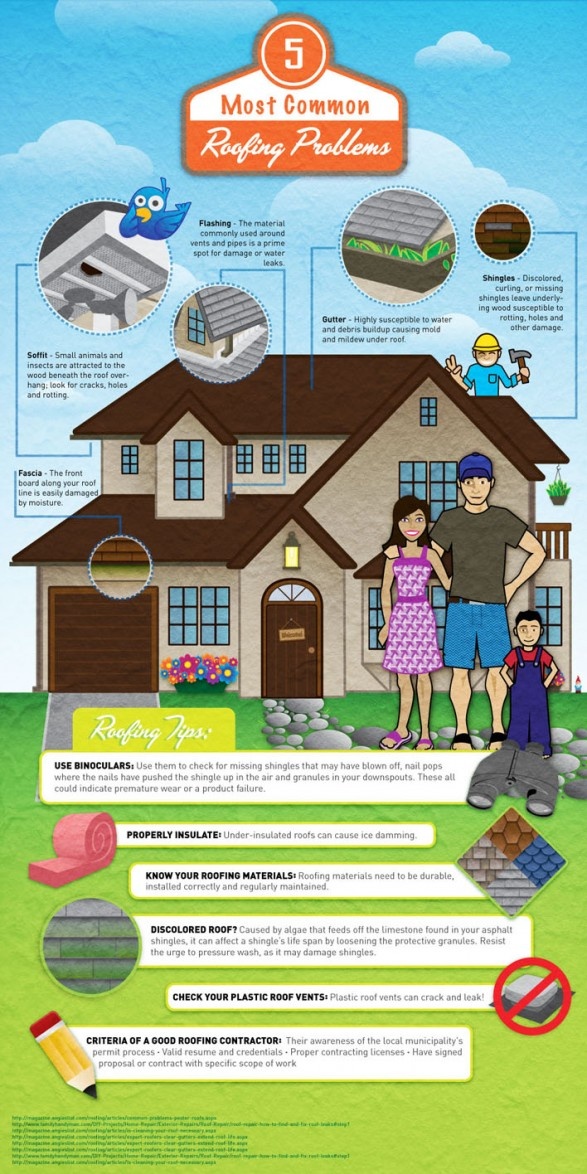Learn How Different Weather Conditions Impact Your Roof Covering Installation And Guarantee A Work Well Done
Learn How Different Weather Conditions Impact Your Roof Covering Installation And Guarantee A Work Well Done
Blog Article
Short Article By-Bennett Mouritzen
When it comes to roof installations, the climate can make or damage the job. Envision the aggravation of managing products that won't cooperate due to extreme warmth or battling slippery surfaces caused by unanticipated rain. Recognizing the impact of climate condition on your roofing job is vital for a successful outcome. So, let's check out how https://trentonpjeys.liberty-blog.com/31291267/what-you-should-know-about-the-expense-of-setting-up-a-roofing can affect the high quality and sturdiness of your roofing installment, ensuring a work well done.
Effect of Temperature on Roof Setup
When it pertains to roof setup, temperature level plays an important duty in the process. The excellent temperature level for roofing projects commonly falls between 45 and 85 degrees Fahrenheit. Extreme warm can cause materials like shingles to become as well flexible, leading to prospective damage throughout installation. On the other hand, cold temperature levels can make products fragile and vulnerable to cracking. It is essential to arrange roof covering installments throughout modest temperature levels to ensure the very best outcome.
During cooler weather condition, contractors might need to take added precautions such as using heated devices or allowing products to heat up before setup.
In contrast, heat may require work to be done previously or later in the day to prevent the peak temperature levels. By thinking about the temperature level and its impacts on roof covering materials, you can help make sure a successful setup that will certainly withstand the elements for years ahead.
Effect of Precipitation on Roofing Projects
Roof tasks can be substantially affected by rainfall, impacting both the timeline and the quality of the setup. Rainfall or snow can create unsafe conditions, making it risky for contractors to service a damp surface area. Furthermore, moisture can jeopardize the adhesion of materials like tiles or underlayment, causing possible leakages or problems in the future.
If it rainfalls during a roof job, the water can permeate right into at risk areas, triggering hold-ups as the setup staff need to await the roofing to completely dry prior to proceeding. Excessive dampness can likewise promote the development of mold and mildew and mold, further threatening the stability of the roof covering.
To prevent these issues, it's recommended to schedule roof covering projects during drier periods or check the weather prediction carefully to prepare around any type of prospective rainstorms. By taking safety measures to operate in desirable climate condition, you can guarantee a smoother and more effective roofing system setup procedure.
Impact of Wind Rate on Installation Success
During roof covering setup, the speed of the wind plays an essential function in establishing the success of the task. High wind rates can present significant obstacles to contractors, potentially bring about security hazards and high quality issues. When wind rates go beyond advised limits, it becomes challenging to manage materials, enhancing the risk of accidents and damage to the roof products. https://www.constructionnews.co.uk/financial/roofing-specialist-goes-under-23-01-2020/ can also influence the precision of measurements and the accuracy needed for appropriate installation.
To make sure an effective roof covering installation, it's essential to keep an eye on and think about wind speeds. Ideally, roofing system setup ought to occur on days with reduced to moderate wind rates. This not just enhances the safety of the employees yet additionally enhances the overall top quality of the setup.
Roof covering jobs arranged during calm climate condition are more probable to be completed effectively and with fewer errors. By focusing on wind rate projections and preparing as necessary, you can assist make sure a smooth and effective roofing setup procedure.
Conclusion
So, when it involves roof covering setup, keep in mind to consider the weather to guarantee a successful job. Optimum temperature levels, completely dry conditions, and moderate wind speeds are vital variables to prioritize for a smooth installation procedure. By scheduling your task throughout the best seasons and suitable weather conditions, you can attain a durable and long-lasting roof covering that will secure your home for several years to come.
